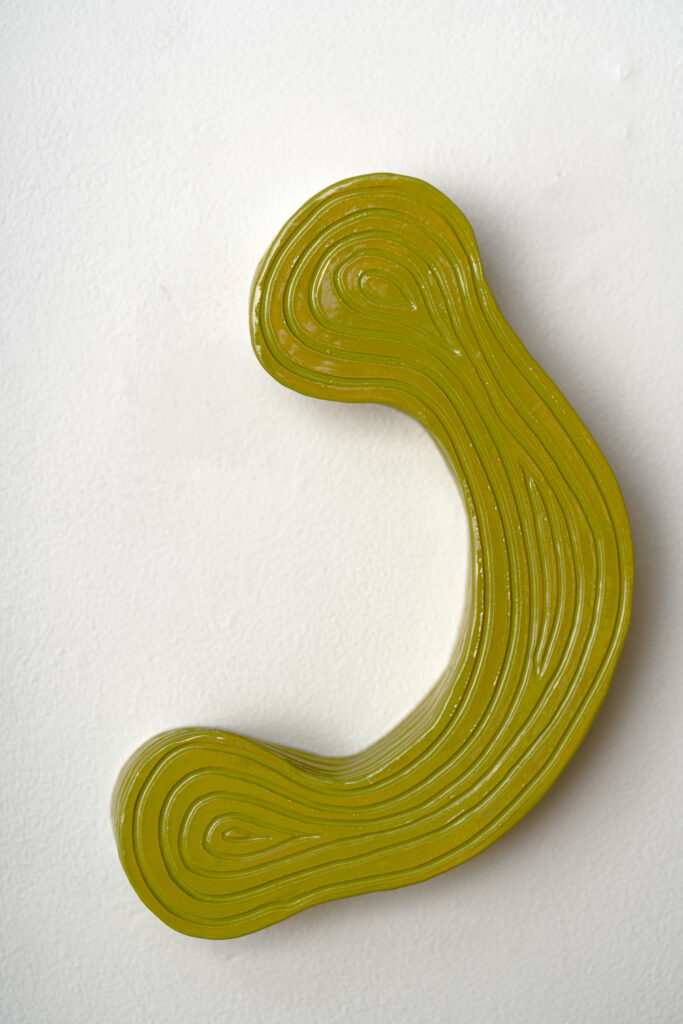By Seraphina McAteer
Just a couple of months ago, I graduated with a degree in fine arts, and already, I am struggling to keep creating a priority when so many other things now require my attention. We get busy, and life gets stressful. It is easy to not create, but it shouldn’t be that way.
We have been surrounded by art and design our entire lives. During our first 13 years of schooling, we learn about the fundamentals of art, the masters who developed them and basic techniques to imitate them.
Outside of education, every product we buy, building we walk in, bench we sit on, movie we watch and advertisement we see is centered around art and design. Our communities have sculptures and murals throughout town, and even our doctors’ offices have pictures on walls and vases on side tables. Not to forget, the occasional play, concert, gallery and museum we may go to.
There is constant consumption of art in our daily routines, but how often are we creating it ourselves?
After high school, the majority of us stop making art. There’s no longer anyone telling us how crucial it is for our developing minds or forcing us to take an art elective to receive a diploma. Once we all have jobs to hold down and mountains of bills to pay, to many, making art doesn’t seem important anymore.
The truth is, we need art for the same reasons we argue for it to remain in our children’s education. The effect of creating is more than a transaction of gratification and admiration. It’s therapy and expression; it develops and strengthens our imagination, critical thinking skills, motor skills, focus, communication, memory and even empathy. Making art allows us to better appreciate the details in the world around us, see things from a different perspective. We may forget it, but these things are just as important and necessary for us now as they were during grade school.
I know implementing a creative practice into your daily routine seems unrealistic and taxing, and at first, it might be, but repetition makes habits. I believe as humans, we are built with the desire to explore, analyze and innovate. To not act on these instincts is a disservice to ourselves.
So, challenge yourself to dedicate five to 10 minutes each day to making art. This does not have to be hard, and you do not need to be good at it! You’ll be amazed at what you can really make in that short amount of time, no matter your artistic abilities. If anything, it will be the 10 minutes of your day where there are no expectations to succeed, no judgment or responsibilities, no fires to put out.
Sometimes, that’s all we really need — a break.
Here’s a list of a few ways you can incorporate making art into your life on a daily basis. Once you’ve tried these, expand into other areas of making that you’re curious about or feel drawn toward!
- Take pictures! I know that phone is somewhere nearby. Look for surroundings, encounters or objects you normally do not pay much mind to. For example, the way the sun peeks through your blinds and falls perfectly fragmented over your old worn-out couch, reminding you of the comfort and good company it allows you to enjoy. It may or may not be the prettiest image ever, but snap that pic, and let it inspire you!
- Doodle! No adult coloring books required. Get an old college-ruled notebook out, and have at it; scribble until something comes to you. If you still cannot think of anything, grab an object near you, and doodle it. (Remember, you aren’t being graded; stick figures in fun hats will do the trick). The goal is to be careless and silly.
- Keep a journal. I like to think of writing as drawing with adjectives. You’re creating the same image, just through different mediums. Describe the colors in the dream you had last night or how your coffee smells. Write about your feelings in ways that would help you explain them to others, or make up a scenario. It does not matter what you write or how you write it, just that you work through your thoughts in a way you haven’t before.
Pick one to start with, alternate the three throughout the week or find another way that works for you. I’m not asking you to be an artist, just to start creating again. Give art a chance to be a part of you, and see if it affects you negatively. I’ve got a feeling it won’t.


